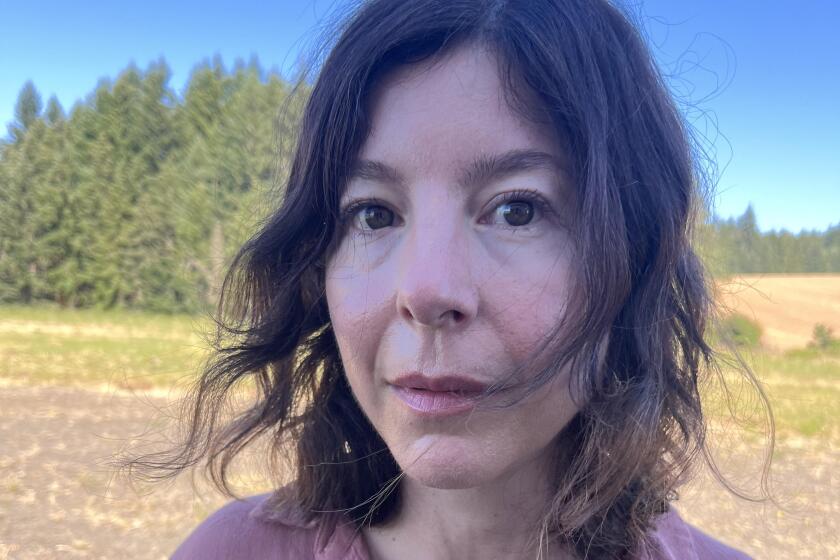Op-Ed: Saving the Mojave from the solar threat
After nearly 38 years working for the National Park Service, I hung up my “flat hat” this month and retired as superintendent of Joshua Tree National Park. That means I can now speak out against pending proposals with the potential to harm our country’s most spectacular national parks in the California desert.
My experience in the National Park System began right out of high school, when I spent a season patrolling the mountainous trails of Yosemite National Park’s backcountry as a wilderness ranger. By the end of that time, I was hooked. I was captivated by the beauty of Yosemite, the challenge of the work, and by seeing the effect the park had on the people who visited it.
Eventually I worked my way up the ranks from wilderness ranger to physical scientist to Yosemite’s chief project manager. Most recently, I served as superintendent of Joshua Tree National Park. For nearly four decades with the National Park Service, I never lost that sense of joy in seeing people connect with nature, especially as they came to know the unique ecosystems of the California desert.
At first, California’s Mojave Desert can appear harsh, barren and threatening. But spend some time in it and you’ll discover the desert’s constantly changing beauty, its expansive vistas and its unique plant and animal life — all the things that in 2013 caused the National Geographic Society to name the Mojave one of the world’s 100 most scenic places.
California’s storied desert is also, however, a surprisingly delicate ecosystem, and it is now threatened by large-scale renewable energy projects, including one proposed at Soda Mountain.
The 4,000-acre Soda Mountain Solar project is under environmental review, and if approved would be located a mere quarter of a mile away from the boundary of the remarkable Mojave National Preserve. The project threatens bighorn sheep migration corridors, desert tortoise habitat and the integrity of the Soda Mountains Wilderness Study Area. Project pumping could also drain and harm the quality of MC Spring in Mojave National Preserve, home of the federally endangered tui chub, a unique and rare desert fish.
The solar project would also interrupt the sweeping scenic vistas of Mojave National Preserve. That would be a violation of both the spirit and intent of the recently passed San Bernardino County Renewable Energy Ordinance, which calls for solar developments not to impair views from hiking and backcountry camping areas within the preserve.
Humans have a deep desire, perhaps even a need, to spend time in wild places. In my time at Joshua Tree, I learned that most people come to the desert for its expansive and unobstructed views, and for that feeling that they are in some profound sense “away” from the confines of the modern world. In fact, more than 90% of Joshua Tree National Park’s 1.4 million annual visitors say on surveys that they come to experience “views without development.” To intrude on those views would be wrong.
America’s need for renewable energy is real, and the desert is a logical place to put solar panels. But California has more than
1 million acres of non-pristine lands that could be used for such a proposal. That is why I have joined with four former California desert National Park Service superintendents to write a letter opposing the Soda Mountain Solar project.
When I joined the National Park Service nearly 40 years ago, I made a covenant with the American people to maintain the public trust and to dedicate my life to the stewardship and protection of our national treasures for future generations. That promise demands that I now sound the alarm about Soda Mountain.
The National Park Service will celebrate its 100th anniversary in 2016, and that seems like a good reason for America to renew its commitment to protecting parks and preserves. As citizens, we need to call on our leaders to make thoughtful choices about where to site industrial-scale development and renewable energy projects, and to create a legacy for our national parks and to public lands everywhere.
Mark Butler recently retired as superintendent of Joshua Tree National Park. He lives in Twentynine Palms.
More to Read
A cure for the common opinion
Get thought-provoking perspectives with our weekly newsletter.
You may occasionally receive promotional content from the Los Angeles Times.










